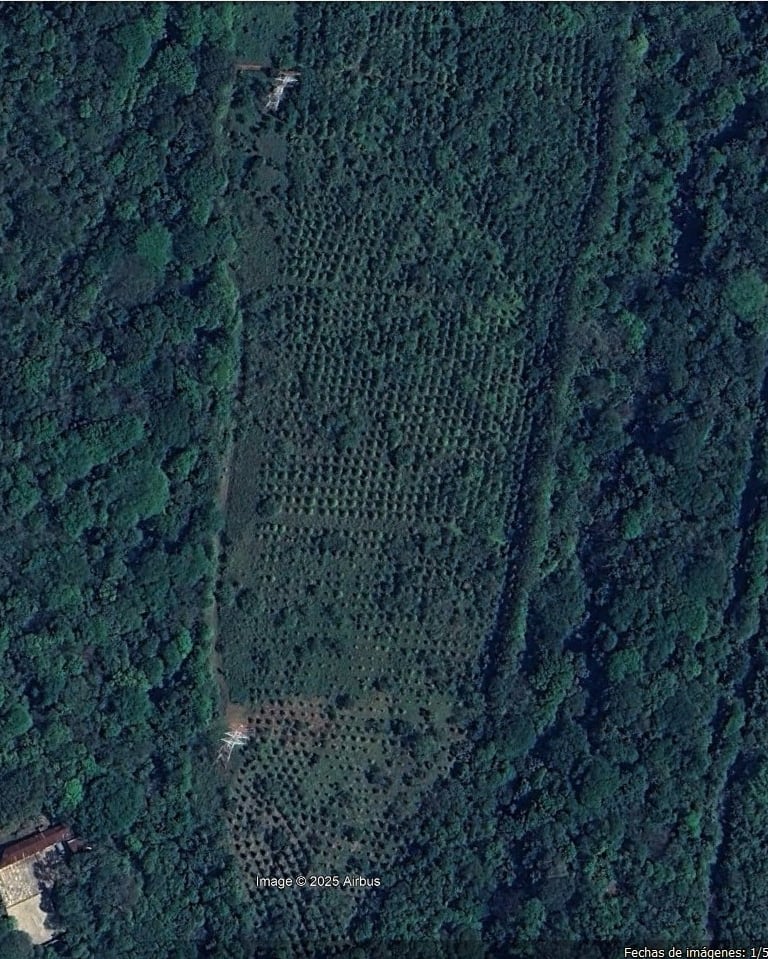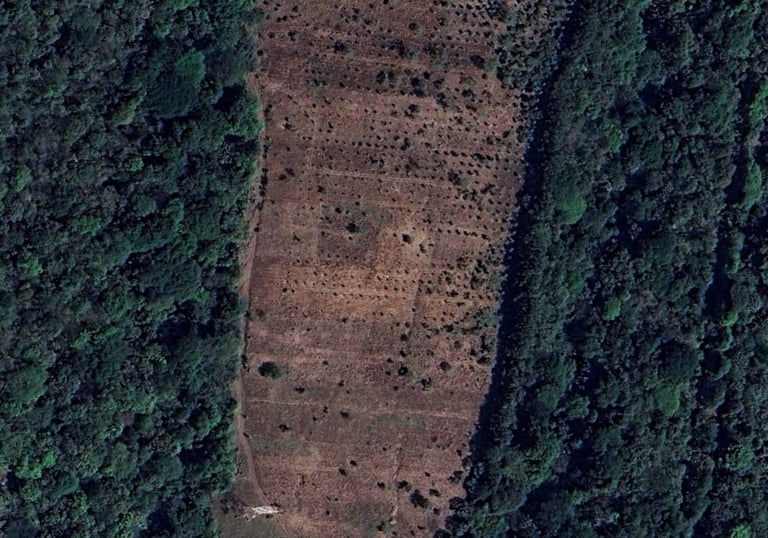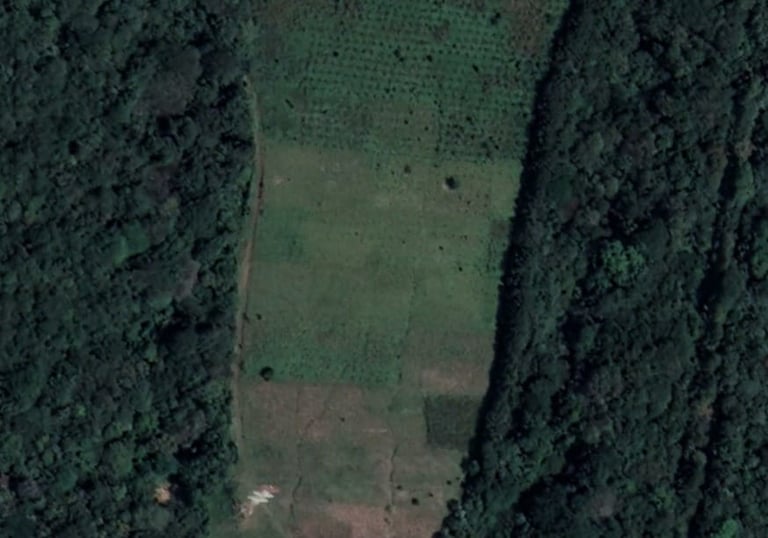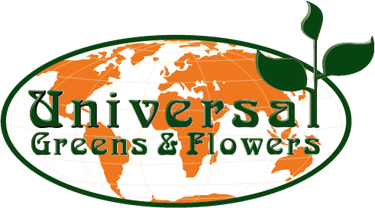

Reforestation (2018 - 2025)
Since 2018, Emerald Palm cultivation has been integrated into our reforestation program, helping restore native tree cover, protect watersheds, and create natural corridors for wildlife. Each year, new milestones are achieved — from planting Emerald Palm alongside native species to monitoring ecosystem recovery. By 2025, our goal is to establish a self-sustaining landscape where Emerald Palm contributes to both environmental preservation and community well-being.




Biodiversity around Emerald Palm
Several species of flora and fauna have returned and found safe habitats in restored forests. An example is the toucan, an emblematic species that had disappeared from the area due to environmental pressure and loss of natural habitat. . Thanks to sustained reforestation and responsible management efforts, the toucan has been sighted again, marking a milestone in restoring ecological balances. . Thanks to sustained reforestation and responsible management efforts, the toucan has been sighted again, marking a milestone in restoring ecological balances. . Thanks to sustained reforestation and responsible management efforts, the toucan has been sighted again, marking a milestone in restoring ecological balances.
Flora
Beyond Emerald Palm itself, our plantations coexist with orchids, ferns, and other native plants
that enrich the landscape. These species provide food and shelter for pollinators and wildlife,
while adding beauty and diversity to the ecosystem. Explore the flora that flourishes in harmony with Emerald Palm.
